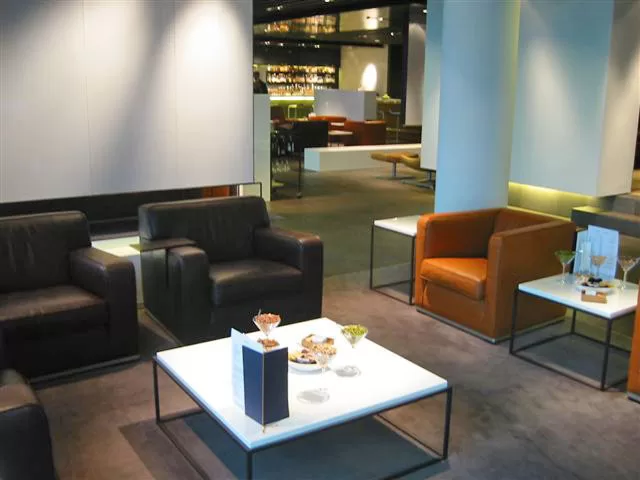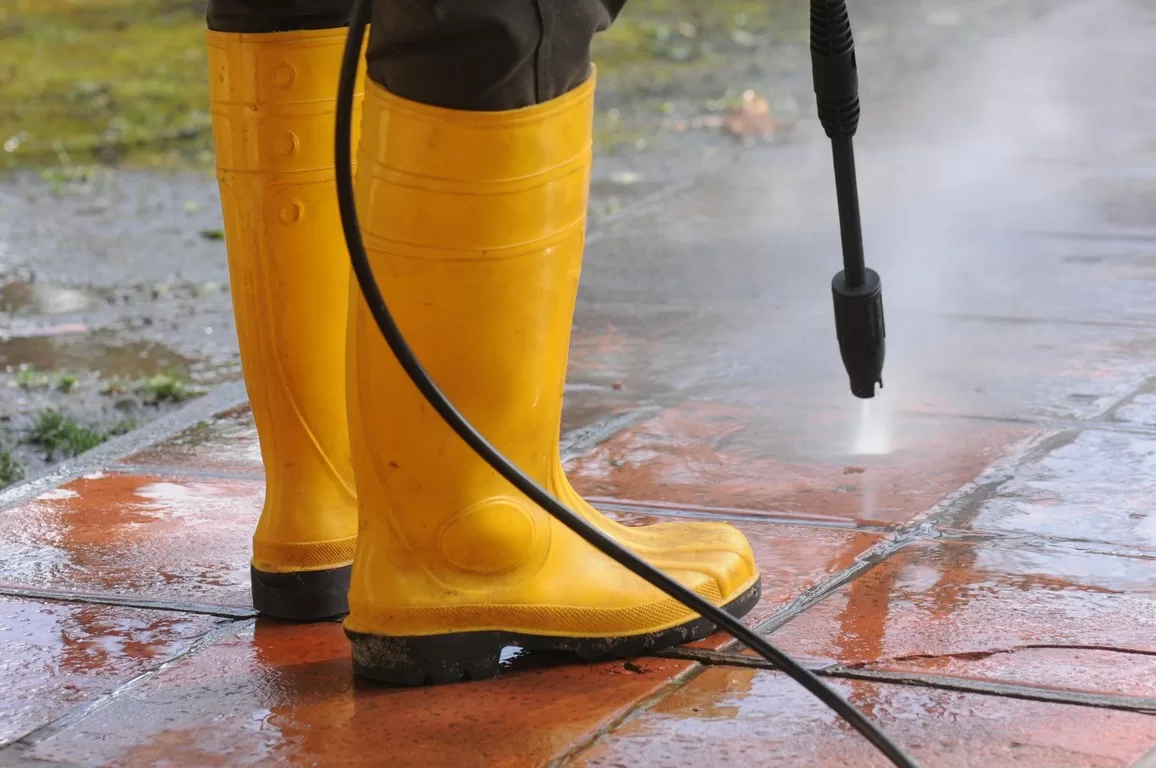In the fast-paced world of education, creating environments that foster both productivity and relaxation is essential.

One innovative solution that has gained traction in recent years is the incorporation of soft seating into educational spaces.
Gone are the days of rigid desks and uncomfortable chairs – the soft seating revolution is here to stay.
In this article, we’ll explore the benefits of incorporating soft seating in educational environments and how it can positively impact both students and educators.
For a deeper dive into soft seating and where to source it, check out this link: https://www.ukeducationalfurniture.co.uk/shop/school-chairs-seating/soft-seating/
The Changing Landscape of Learning Spaces
Traditional classroom setups have long been the norm, with rows of desks facing the teacher at the front.
However, educators and researchers are now recognizing that this setup might not be the most conducive to effective learning.
Enter soft seating, a versatile alternative that challenges the conventional classroom layout.
1. Creating Comfortable Learning Zones
One of the primary advantages of soft seating is the comfort it provides.
Traditional chairs and desks can be uncomfortable, leading to fidgeting and restlessness among students.
Soft seating, which includes plush chairs, bean bags, and lounge areas, creates a more relaxed and inviting atmosphere.
This comfort factor is essential for fostering engagement and focus in students.
2. Fostering Collaboration and Interaction
Soft seating arrangements can promote collaboration and interaction among students.
In traditional setups, students are often confined to their individual desks, limiting their ability to work together.
With soft seating, students can easily form small groups, share ideas, and collaborate on projects.
The informal nature of soft seating encourages open discussions and brainstorming sessions.
3. Adaptable Learning Environments
Educational spaces need to be flexible to accommodate different teaching and learning styles.
Soft seating provides this adaptability.
Whether it’s a student working independently, a small group discussion, or a teacher-led presentation, soft seating can be rearranged to suit various activities.
This versatility encourages educators to experiment with different teaching methods and keeps students engaged.
The Impact on Student Well-being
Students’ well-being plays a crucial role in their ability to learn effectively.
Soft seating contributes to their overall comfort and mental state, positively impacting their well-being.
1. Reducing Stress and Anxiety
The comfort and softness of these seating options can help reduce students’ stress and anxiety levels.
When students feel relaxed and at ease, they are better able to absorb information and engage in class activities.
Soft seating creates a safe space where students can feel less pressured, fostering a positive learning environment.
2. Promoting a Sense of Belonging
Traditional classrooms can sometimes feel impersonal, making it challenging for students to develop a sense of belonging.
Soft seating, on the other hand, creates a more inclusive atmosphere.
Students can gather in comfortable corners, share stories, and connect with their peers.
This sense of community enhances their emotional well-being and can contribute to improved attendance and participation.
3. Encouraging Autonomous Learning
Autonomous learning is a skill that prepares students for higher education and the workforce.
Soft seating supports this by giving students the freedom to choose their learning environment.
Some may prefer a cozy nook for focused studying, while others might opt for a collaborative setting.
This autonomy empowers students to take charge of their learning journey.
4. Fostering Creativity and Mindfulness
Soft seating can also foster creativity and mindfulness among students.
The relaxed and comfortable environment encourages students to think outside the box and approach problems from different angles.
Additionally, the soft seating setup can facilitate mindfulness exercises and meditation, promoting emotional regulation and mental clarity.
This combination of comfort and mindfulness contributes to a more holistic approach to education, focusing on both cognitive and emotional development.
Benefits for Educators
Soft seating doesn’t just benefit students; educators also experience positive outcomes from its integration into educational spaces.
1. Enhanced Classroom Management
Contrary to popular belief, soft seating can actually improve classroom management.
When students are comfortable and engaged, disruptions and off-task behavior are reduced.
Educators can move around the flexible seating arrangement more easily, maintaining a closer connection with students and preventing potential behavioral issues.
2. Fostering Teacher-Student Relationships
The informal nature of soft seating arrangements can bridge the gap between educators and students.
Teachers can sit beside students, facilitating one-on-one interactions and personalized guidance.
This approachability helps build stronger teacher-student relationships, leading to improved communication and a better understanding of individual learning needs.
3. Encouraging Innovative Teaching
Soft seating encourages educators to adopt innovative teaching methods.
Read Also :
With the freedom to rearrange seating, teachers can create unique setups that align with different lesson plans.
This dynamic approach to teaching keeps educators motivated and opens doors to creativity in delivering course materials.
Implementing Soft Seating: Practical Considerations
While the benefits of soft seating are clear, its successful implementation requires careful planning and consideration.
1. Space Optimization
Before incorporating soft seating, educators and administrators must assess the available space.
It’s important to strike a balance between traditional seating and soft seating, ensuring that there’s enough room for both.
Proper spacing prevents overcrowding and allows for easy movement.
2. Diverse Seating Options
A variety of seating options cater to different preferences and learning styles.
Some students might prefer floor cushions, while others might opt for lounge chairs.
Providing a diverse range of soft seating ensures that every student can find a comfortable spot that suits them.
3. Maintenance and Cleanliness
Soft seating requires regular maintenance to ensure its longevity and hygiene.
Removable, washable covers can make cleaning easier.
Establishing guidelines for food and drink near the seating areas can also help maintain cleanliness.
4. Student Input
Incorporating soft seating can be an opportunity to involve students in the decision-making process.
Seek their input on the types of seating they would like and where they think these setups would be most beneficial.
This involvement can enhance their sense of ownership and investment in their learning environment.
Conclusion
As education evolves, so too must the learning environments we provide for students.
Soft seating offers a powerful solution to transform traditional classrooms into dynamic, comfortable, and collaborative spaces.
By prioritizing student well-being, engagement, and innovative teaching practices, soft seating has the potential to unlock new levels of productivity and relaxation in educational settings.
As educators and administrators embrace this shift, we can look forward to a future where learning is not only informative but also enjoyable.








